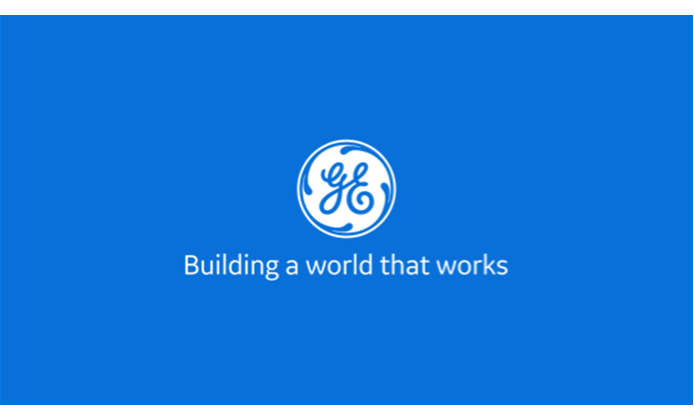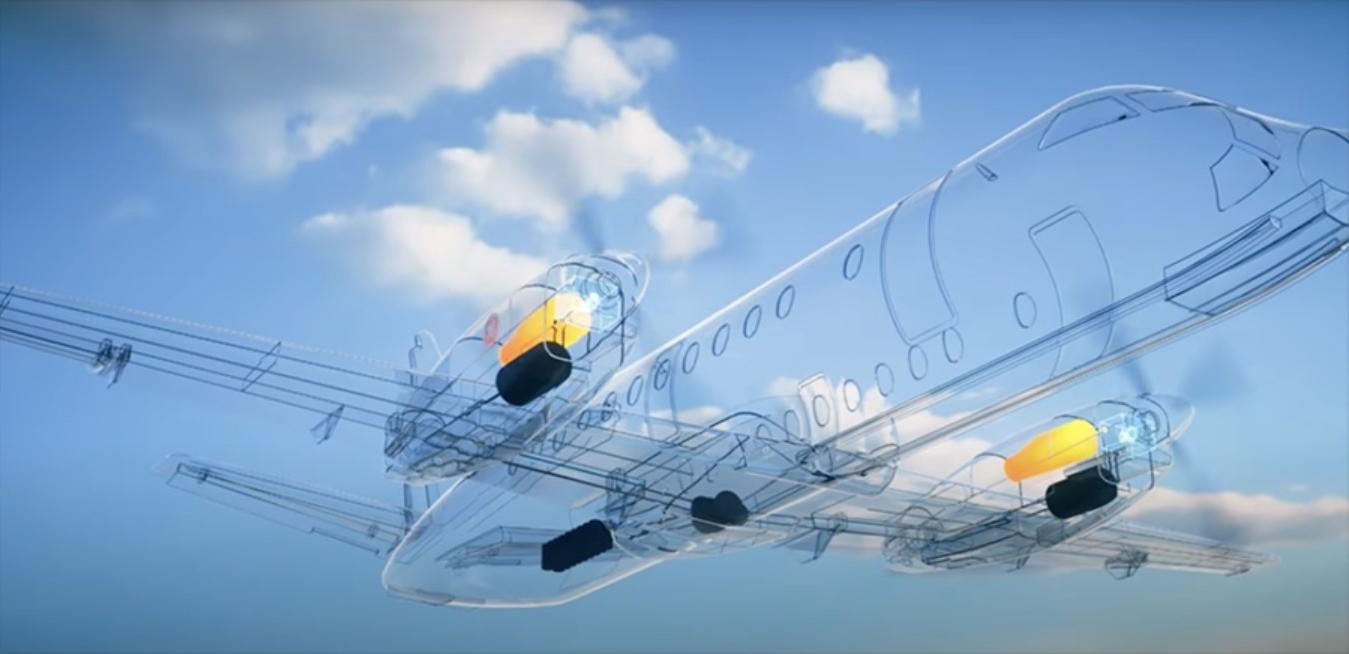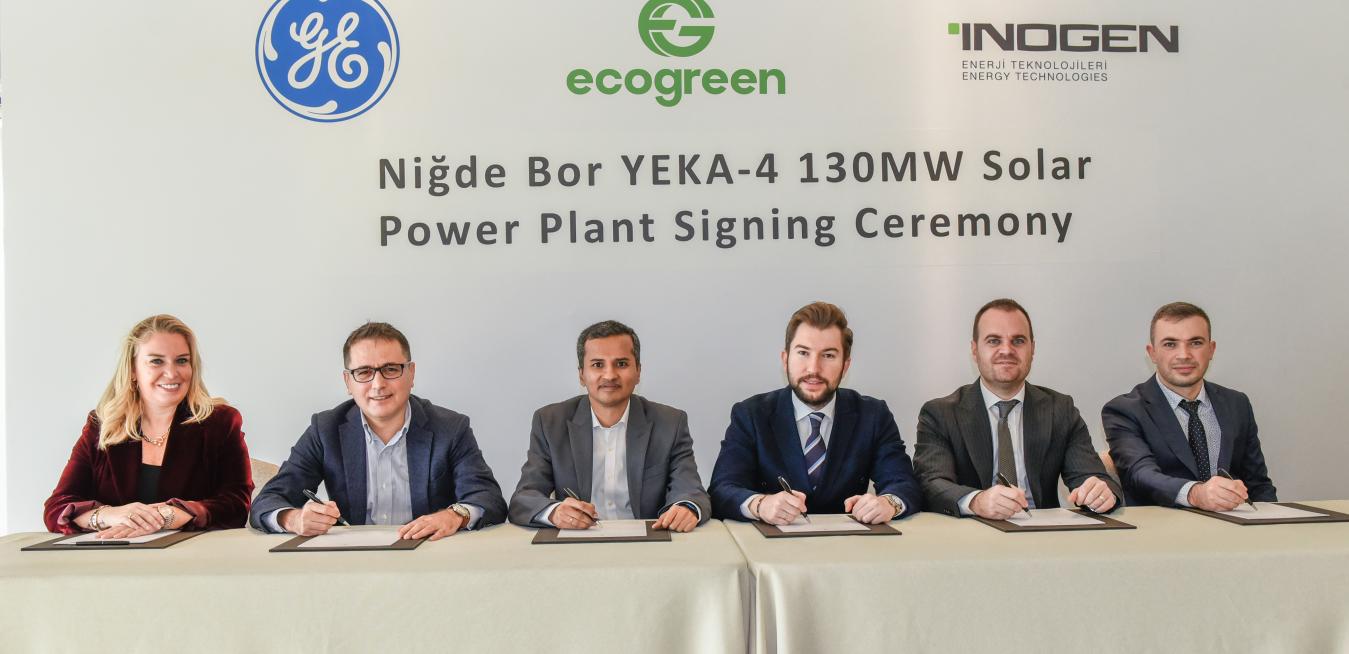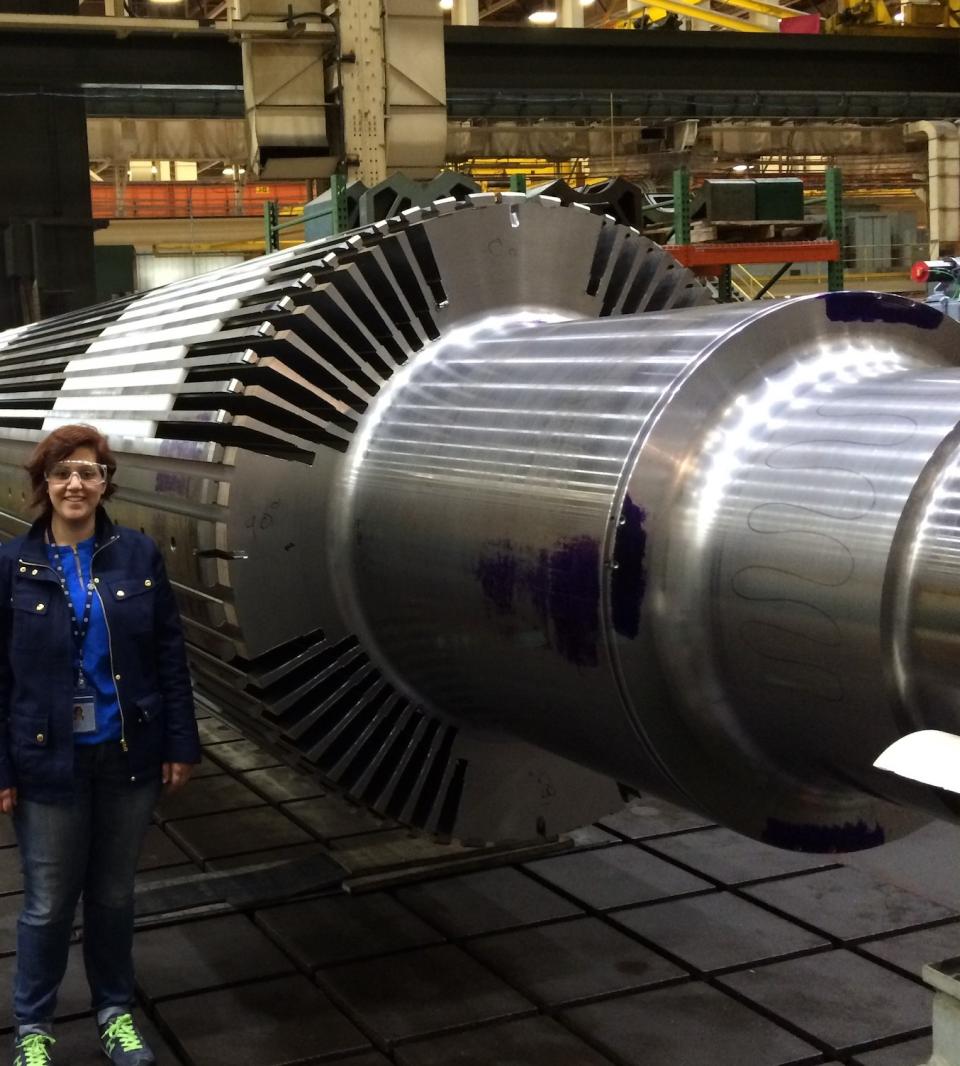- System employs unique technical approach that brings together GE’s core competencies in heat exchangers, thermal management, and innovative materials
- The Direct Air Capture (DAC) system is part of a much larger effort led by GE’s CAGE (Climate Action@GE) Lab in Niskayuna, NY, to deliver cutting-edge solutions in CO2 capture
- GE’s CAGE Lab involves a carbon capture team of 50+ scientists and engineers, working with the U.S.
For media inquiries, please contact:
Todd Alhart
Director, Innovation Communications
GE Aerospace
+1 518 338 5880
[email protected]
business unit
tags
Ahmad Wakaa’s journey from extracting fossil fuels to fighting climate change was more difficult than just changing his professional focus. Born in Qamishli, Syria, to a large extended family, he earned a petroleum engineering degree and went to work in the oil fields around his hometown. Forced to flee the Syrian civil war, Wakaa made a dangerous escape, crossing nearly ten international borders to find safety. Granted asylum in Norway, he now helps companies test carbon capture technologies at a facility that looks like a labyrinth of pipes, tanks, and gauges.
Few people know more about the electrons they use to power their day-to-day life than Michael Knez. Often up before dawn when all else is silent, Knez says he can hear the hum coming from Australia’s Tallawarra Power Station, four kilometers away across Lake Illawarra from his house, which Knez helped build some 14 years ago. A massive combined-cycle gas-fired power plant, Tallawarra produces enough electricity to supply the equivalent of roughly 200,000 Australian homes with substantially lower carbon emissions than the coal-fired plant it replaced.
Building a world that works: This is the motivating principle behind the work that’s done at GE all across the planet. As we celebrate Earth Day, GE Reports shines a spotlight on a half dozen of its most impactful breakthrough technologies that are helping to usher in a more sustainable future — and some of the dynamic people leading these efforts every day.
Electrical power systems, better known as the grid, have largely worked the same way for more than 100 years. The vast network of wires, switches, transformers, and other technologies were designed for a one-way power flow, moving electrons from the point of generation to the point of consumption. Today, rapid changes are putting tremendous pressure on the grid. Electricity is no longer flowing in one direction only. You might think of it as a free-for-all — from the intermittent flows of big wind and solar projects to rooftop solar panels to an EV in the driveway.
Fighting today’s emissions is one kind of project, but what about fighting yesterday’s? The world has been pumping out carbon dioxide since the industrial revolution, building a mountain of CO2 that won’t be dislodged by new solar power or electric vehicles. An emerging approach to attack this legacy CO2 is direct air capture, or DAC.
Last Thursday, GE held its Investor Conference at GE Aerospace’s Customer Technical Education Center in Cincinnati, Ohio. The event comes at a pivotal moment in the company’s 130-year history. In January, GE HealthCare successfully launched as a publicly traded company, and now GE Aerospace and GE Vernova are preparing for their next chapter as independent industry leaders sometime in early 2024.
“What are you doing here?”
Mirella Abboud laughs as she recalls the facial expressions, which spoke volumes, of her peers — all of them male — during her 2011 internship at Beirut’s Scuderia Lebanon, a Ferrari dealership. Even a dozen years ago, it was somewhat shocking to see the grease-smudged face of a young woman emerge from beneath the hydraulic lift after working on a sleek 458 Italia.
A few years ago, Meg Chapman attended a training program for GE senior leaders on how to implement the management philosophy known as lean. Larry Culp, who had recently joined GE as chairman and CEO, had placed lean — the idea of cutting waste and working more efficiently — at the heart of GE’s turnaround. It has since been implemented at a wide variety of manufacturing plants, where it’s streamlined production processes, improved safety, and resulted in millions of dollars in savings.













